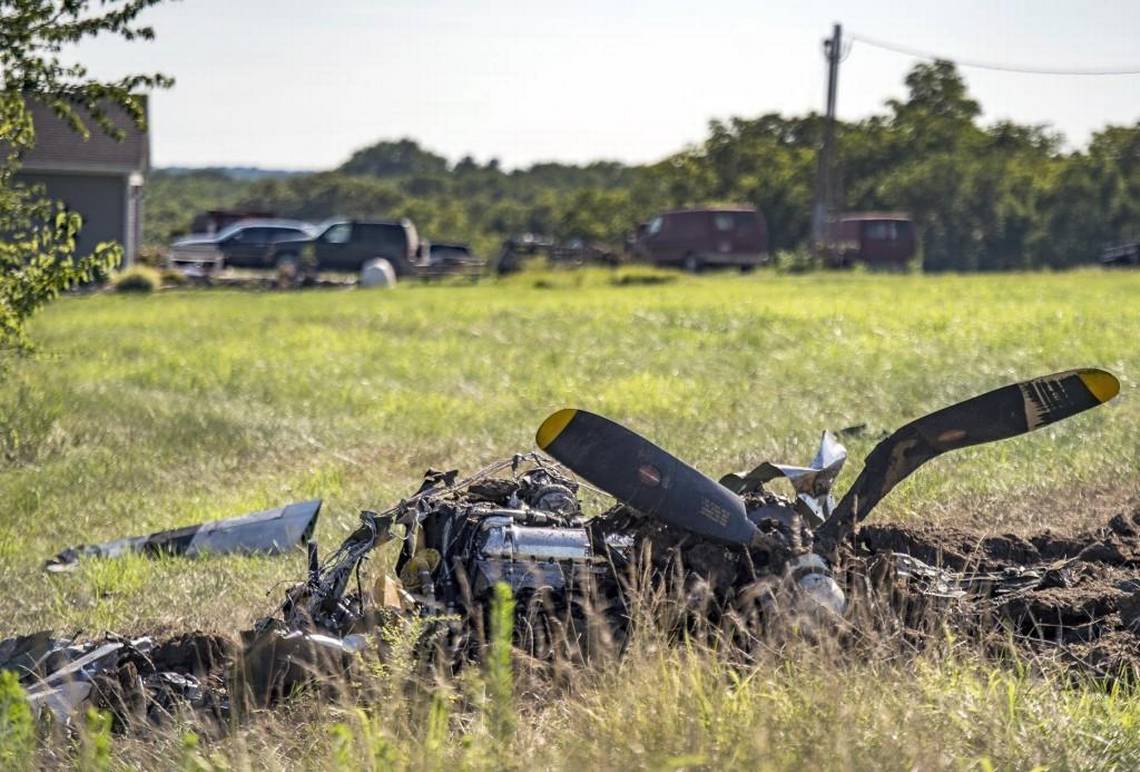What should the response be to the unfortunate, but not uncommon fatal accident?
There are some people who want to hush everything up, usually they say out of respect to the pilot to wait for the offical NTSB report. I disagree. First the report takes 6 moths to a year, and in a severe impact there may not be enough evidence to tell much about it
Also,what could be more of an honor than learning from an accident to help save the next guy
Low altitde acro has extra risk and danger, and best not to do it with a passenger. Do it up high to allow room to recover. And maybe some manuevers like hammerhead or spins should be done solo.



 Reply With Quote
Reply With Quote


